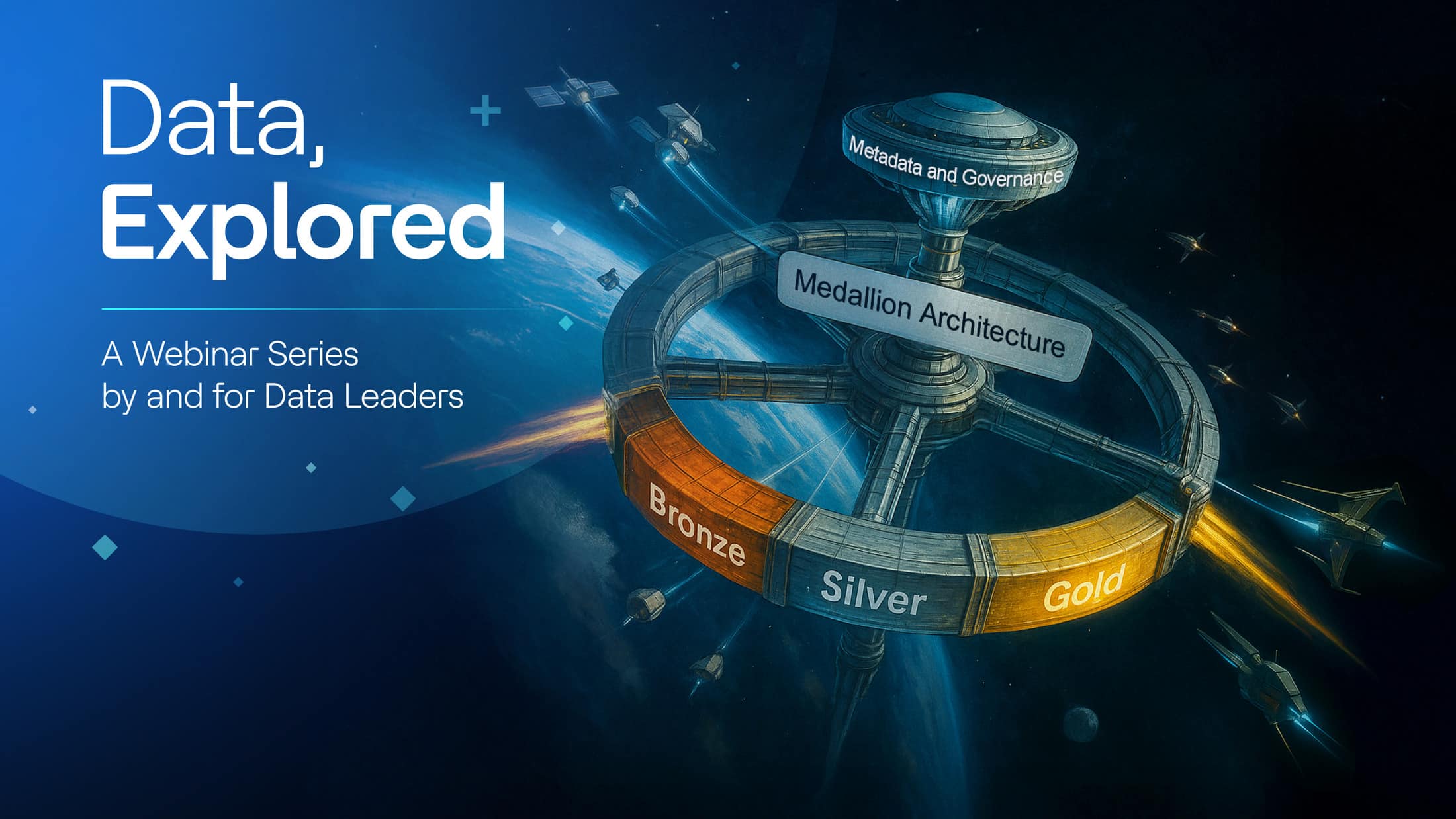Data Transformation is a step in the data preparation processes that makes raw data more accessible to analyze. There are many kinds of data transformation, including filtering, filling gaps, improving formatting, and making data types consistent. Data Transformation is an integral step in the extract, transform, and load (ETL) or extract, load, and transform (ELT) processes.
Why is Data Transformation Important?
Without data transformation, very few data assets would be ready for analysis. When extracting decision support data from multiple sources, many inconsistencies between the data sets will require data transformation to make them usable for gaining analytic insights.
Data Transformation Types
Data transformations can be classified into the following types:
Aesthetic
Aesthetic transformations reformat data to ease readability or to meet application programming interface (API) requirements.
Constructive
Constructive transformation augments existing data.
Destructive
Destructive transformations reduce data at the record field level.
Structural
Structural transformations alter records by merging, moving or renaming fields.
Data Transformation Steps
Data can be transformed in many ways. In every ETL, ELT or data preparation pipeline, multiple steps commonly involve data transformation. Below are some examples.
Data Deletion
Raw data often contains extraneous data valid for the operation that created the data set but is not needed for business analysis. These excess fields or records can be filtered out. Most data integration tools contain a selection of capabilities for removing data. The resulting data set is more compact, making it easier and more cost-effective to transfer over networks and manipulate further.
Reformatting Data
As data in an analytics system is often drawn from multiple sources, it will likely represent fields in various ways. Currency fields can be rounded to different numbers of decimal places and can usually contain currency symbols. Reformatting can make such fields uniform, which simplifies downstream analysis tasks. Records can exist as comma-delimited fields, JSON strings or in more property structures. A uniform structure, such as a relational database record format, will ease analysis.
Restructuring Data
Normalization or denormalization can combine or split fields for more efficient access. Data formats can be changed to make comparisons work and compressed for better use of storage.
Masking
Data that contains sensitive financial or personally identifiable information needs to be masked to protect the business from data leaks that damage reputation.
Constructive Transformations
Gap filling, data merging, pre-calculated fields and value binning are transformations that make records richer in context.
Using Data Transformation Tools
Businesses can use custom scripts to transform data or tools designed for the job. The drawback of custom-written scripts is that they often become challenging to maintain, especially when developers depart from the company and fail to adequately document their work. As the volume of custom-coded scripts grows, they take longer to develop because developers become too busy maintaining their previous scripts.
Using popular data integration tools offers faster time to value due to their prebuilt components, and they alleviate maintenance concerns by relying on third-party developers for upkeep. An integration solution includes features such as data profilers and visual tools for developing and mapping data. Solutions like DataConnect enable businesses to centrally manage their data pipelines while also facilitating bus or hub-and-spoke data architectures.
Streaming and IoT Data Transformation
Streaming data sources and IoT data can be high volume, so the data is best transformed close to where it is created, often at the edge of a network. Edge processing is commonly performed in a gateway server located close to where it is generated. Gateway servers are used because the IoT device often has severely constrained memory or CPU resources.
Data Transformation Benefits
Below are some of the benefits of data transformation:
- Faster decision support query response time can be achieved by preparing data sufficiently for a data warehouse.
- Data quality is improved by optimizing data for intended use.
- Adding metadata such as more meaningful table names, field labels, and a data catalog aids data discoverability and creates clarity for users.
- Automating data transformation can make a more significant proportion of operational data analytics-ready.
- More decisions can be data-driven as analytics are more convenient to run with trusted data.
Data Transformation With the Actian Data Platform
The Actian Data Platform provides a unified place to build and maintain all analytics projects. It is designed for ease of use with built-in connectors to hundreds of data sources. Built-in data integration schedules data transformation steps within data pipelines. Data flows are centrally managed for scalability. The Vector analytics database uses a columnar storage format and parallel processing to outperform alternatives.
Deployment flexibility is assured by supporting both on-premise and multiple cloud platforms.





